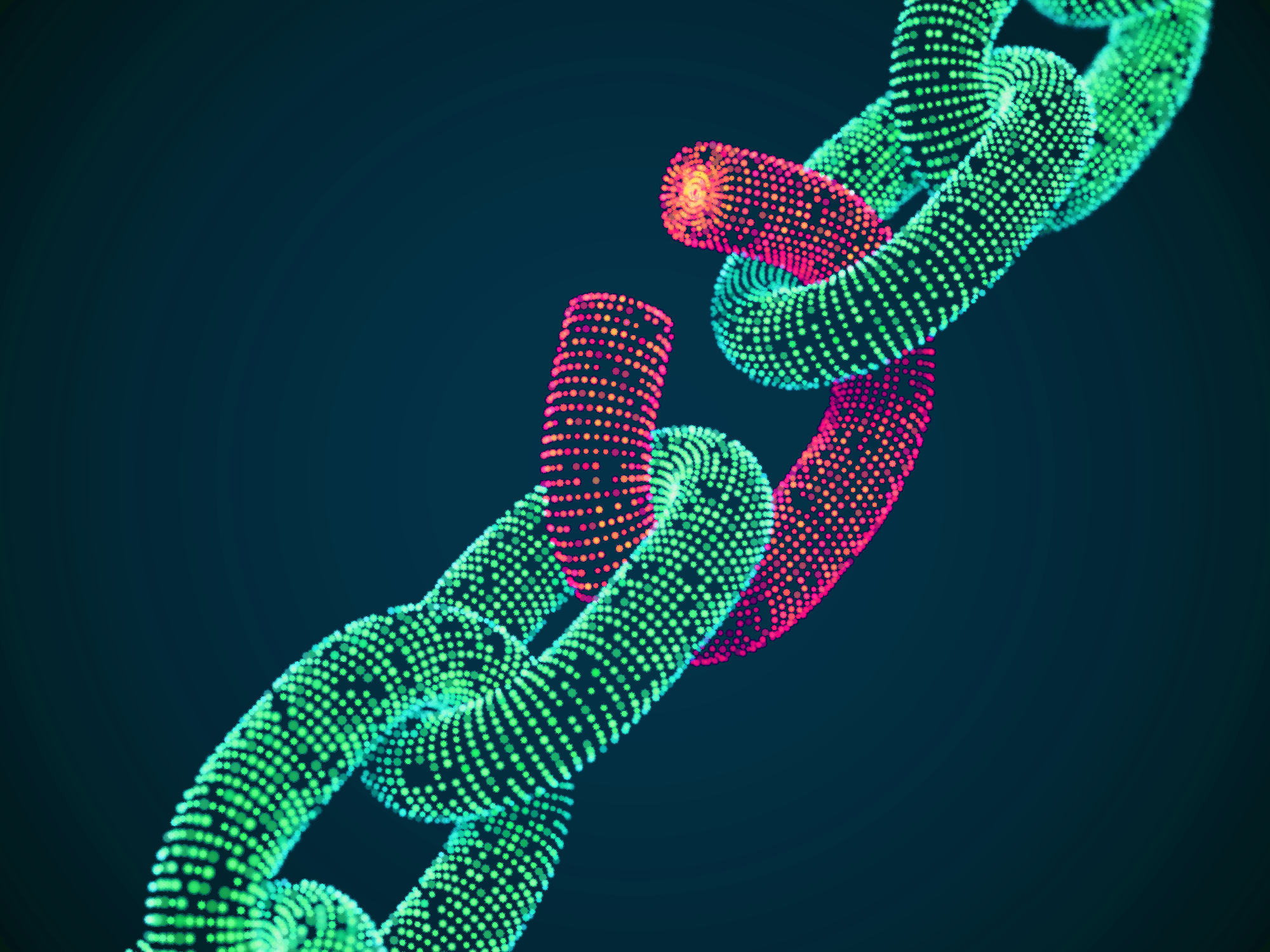Five Reasons Why Supply Chains Need Security Monitoring
Written by: Black Kite
Supply chains are huge targets for cybercriminals because of their scale. It could cost an organization of any size enormously if sensitive data finds itself in the wrong hands. Even in cases where hackers cannot actually profit from the data of a facility, it can still choose to disrupt its availability through ransomware and other tactics.
Most of the complexities associated with the inability to keep up with cybersecurity demands is that the industries themselves (manufacturing, retail, banking, etc.) simply weren’t built for today’s virtual climate. Nevertheless, transforming technology requires a revolution in security—and here’s why security monitoring should be at the top of every risk manager’s agenda.
1. Hackers do not discriminate, and digital transformation continues to welcome more threats.
As technology continues to evolve, cybersecurity threats become more frequent and sophisticated in nature. With companies storing and transferring more data via the internet, organizations of all sizes have become “perfect” targets for cybercriminals. No business is an exception, and supply chains become more exposed every day.
In fact, Verizon’s 2020 Breach Report indicated that data breaches across supply chains have doubled compared to previous years. Just as we learned from the SolarWinds and Accellion attacks, organizations are only as strong as their weakest link. As hackers become more aware of this, organizations must address vulnerabilities across their vendor ecosystems.
2. Industrial espionage and IP theft can cause drastic disruptions.
When we think of cybercrimes, we tend to think the financial data is the primary motivation. Yet accounting for 27 to 79% of total breaches, industrial espionage and IP theft are certainly on the radar of nation-state threat actors. Targeting organizations across manufacturing, retail and more, it’s clear that they don’t discriminate, either.
As Black Kite’s Research Team discovered, 35% of supply chain-targeted attacks involved ransomware as an extortion. In a recent incident initiated by Doppelpaymer, Tesla, SpaceX, and Lockheed Martin were infiltrated through the organizations’ part manufacturer, Visser. DoppelPaymer deployed ransomware on Visser’s network and threatened to leak an entire set of beneficiary documents.
These partially-leaked documents included non-disclosure agreements between Visser and Tesla and SpaceX, as well as a partial schematic for a missile antenna linked to proprietary information at Lockheed Martin. Although it wasn’t as talked about as Equifax or SolarWinds, this is a prime example of how ransomware could affect businesses through third-parties, rather than themselves.
3. Financial gains are a primary motivation.
Of the data breaches studied by Verizon, 45% to 99% of them were financially motivated. Unfortunately, those organizations that lack a secure infrastructure also tend to be the ones that cannot afford service disruptions that occur when negotiating with the cyber criminals that demand hundreds of thousands in return for the network.
According to Deloitte, only 52% percent of the global supply chain is confident in their security posture. The same study revealed cyber risk isn’t always top-of-mind, with 50% of the industry lacking isolated or segmented ICS networks and 31% having not conducted an ICS assessment. It’s clear security budgets have not kept up with the evolving landscape.
4. Security holes in Industry 4.0 not only threaten continued innovation, but everyday function.
Yes: hackers tend to act through espionage and financial data motivation. However, it is not just about confidentiality of the sensitive data that is at stake, but also the availability of the business processes and continuity of the entire supply chain. One strike could be the downfall of an entire organization.
Factory equipment is increasingly interconnected as part of Industry 4.0. A hacker may have remote access and failure that could lead to damaged goods or interrupt development. Under any circumstances, the supply chain will be disrupted and will cost both suppliers and their customers a lot of money.
5. A lack of cybersecurity experience could worsen the impact of a potential breach.
A lack of qualified cybersecurity is another major challenge for today’s supply chains, especially for mid-sized enterprises. Regardless of their size, each business now has big enterprise needs. The same technologies, processes, and customer requirements that have been exclusive to the enterprise camp for years and years have only become more relevant.
The difficulty in recruiting and maintaining the talents in cybersecurity makes it challenging for companies to protect their businesses from cyberattacks. This makes the case for security monitoring even stronger, as saves a company from costly on-site audits and lengthy due diligence efforts while providing a look into the cybersecurity posture of their business.

How Security Monitoring Helps
Black Kite’s third-party risk assessment continuously analyzes entities within a vendor ecosystem. These external assessments capture critical information and provide detailed, drill-down steps to fully understand and mitigate the risk. Through this, companies can get a detailed assessment of a business partner or supplier (or themselves) almost instantly.
To get a snapshot of your own cyber posture, request a free rating today.

